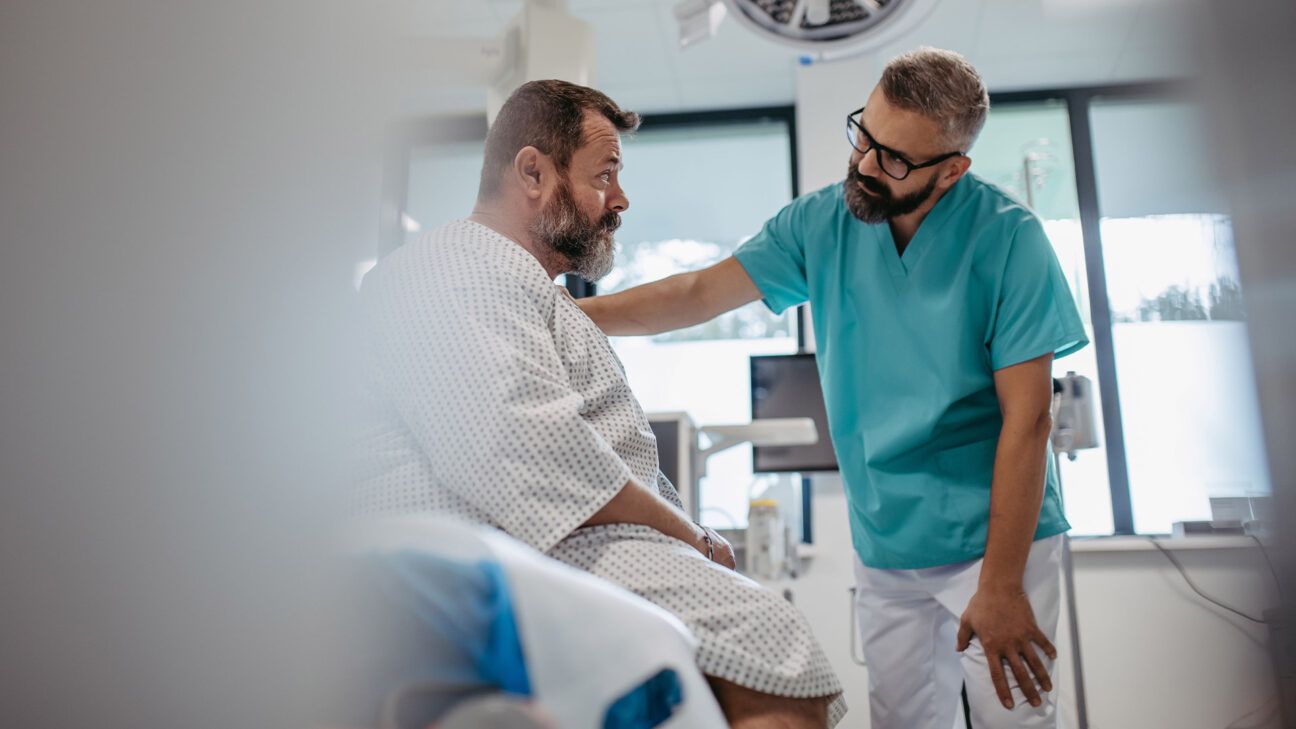Taking Regular Walks May Help Reduce Lower Back Pain

- A recent study focusing on people who recently experienced an episode of low back pain shows that walking can be hugely beneficial.
- Regular walking significantly reduced the risk of future episodes and healthcare visits.
- It also improved their quality of life, sleep, and mood.
Low back pain is incredibly common and notoriously difficult to treat. A new study, however, finds that a simple, cost-effective, highly accessible intervention can make a real difference: walking.
A new paper, which was published in The Lancet on June 19, found that people with low back pain who walked regularly were significantly less likely to experience pain that limited their activity. They also reported improved quality of life.
Participants who walked regularly were half as likely to need time off work or require medical treatment than people in the control group.
Low back pain is incredibly common
Healthline contacted Dr. Tash Pocovi, lead author of the study and a postdoctoral fellow at Macquarie University, Australia.
“Working in physiotherapy, it’s incredible to see just how prevalent low back pain is,” she said, “with reports that 620 million people globally reported experiencing low back pain in 2020.”
She explained that, while most scientists focus on treatment, fewer are focusing on prevention. This is important because “7 in 10 people who recover from an episode of low back pain will have a new episode in the next 12 months.”
“While it’s not considered a life-threatening disease, we can see the very serious impacts it can have on people’s lifestyle, ability to work, and overall quality of life,” Pocovi said.
For their study, the scientists recruited 701 people who had recently experienced an episode of low back pain.
Split into two groups, one acted as the control, and the other embarked on a personalized walking program with six education sessions with a physiotherapist over 6 months. The scientists followed up the participants for 1–3 years.
They found that those in the walking group experienced pain that limited their activity less often than those in the control group. Also, there was a longer gap before they had a recurrence: an average of 208 days compared with 112 days.
Pocovi told Healthline that she was not surprised that walking benefited these people because the intervention “helped get people moving, reduced their fear, and gave them strategies and confidence to self-manage their condition — all of which we know are important.”
However, she was surprised “how much the intervention could impact people’s lives aside from improving their low back pain management.”
“While we were able to reduce the recurrence of low back pain requiring care-seeking by over 40%, we also had patients who reported improved sleep, mood, positive lifestyle changes, and improved management of other chronic health conditions,” she explained.
“It was very pleasing to see the positive, overall health implications of this intervention,” Pocovi said.
How people with back pain can benefit from walking
We asked Pocovi how much walking might benefit people who experience low back pain.
In their study, the walking plan was individualized based on factors including age, physical ability, preferences, and available time.
“We gave them a rough guide of gradually building up to 30 minutes, five times a week,” she told us. “After 3 months, most of the people who took part were walking 3 to 5 days each week for an average of 130 minutes per week.”
“We want to see the public walking more, even if this is done independently. However, if you are struggling to get started, you may consider reaching out to a health professional to help.”
Healthline spoke with Neel Anand, MD, an orthopedic spine surgeon and director of the Cedars-Sinai Spine Center in Los Angeles, CA, who was not involved in the study. He added a note of caution:
“While walking is a great total-body cardiovascular exercise that can be especially helpful for people experiencing back pain episodes, be sure not to go too far or for too long if you’re in moderate to severe pain, and make sure that the walking surface is even, without too much uphill or downhill variation to start.”
Why is low back pain so common?
To help make sense of the high prevalence of low back pain, Healthline spoke with Thomas Pontinen, MD. Pontinen, who was not involved in the study, is a double board-certified anesthesiologist, interventional pain management specialist, and chronic pain expert.
Our evolutionary past, he explained, is one of the reasons. “Human beings evolved from animals with horizontal spines.” As we evolved to walk on two legs, “the spine had to adapt.”
“It is incredibly likely that a lifetime spent using a vertical spine, as we do, will eventually come with drawbacks since the spine has to support most of our weight and all the pressures of movement through life,” Pontinen said.
Other factors, Pontinen told us, include general wear and tear of the discs between the vertebrae with age, injuries, poor posture, a sedentary lifestyle, and obesity.
How to reduce the risk of back pain
Healthline asked Dr. Joel S. Beckett, a board-certified neurological spine surgeon how individuals can reduce their risk of experiencing low back pain.
Beckett, who was not involved in the recent study, practices at DISC Sports & Spine Center in Marina del Rey, CA. He provided these tips:
- Maintain a healthy weight.
- Engage in regular physical activity that includes strengthening and stretching exercises to maintain good core strength.
- Practice good posture.
- Use proper techniques when lifting heavy objects.
- Avoid prolonged sitting.
In line with the results of the recent study, he told us that “standing and walking is the best activity for our back.”
Takeaway
According to a recent study, walking regularly can reduce the risk of low back pain returning, improve quality of life, and reduce the need to visit healthcare specialists.
Taking regular walks also improved sleep and mood, and improved the management of other chronic health conditions.
However, as Anand told us, it’s important to wait for the “green light” from your doctor, but “contrary to what some might think, staying immobile or being on ‘bed rest’ after the acute phase of a back pain episode might do more harm than good.”
Taking Regular Walks May Help Reduce Lower Back Pain Read More »









